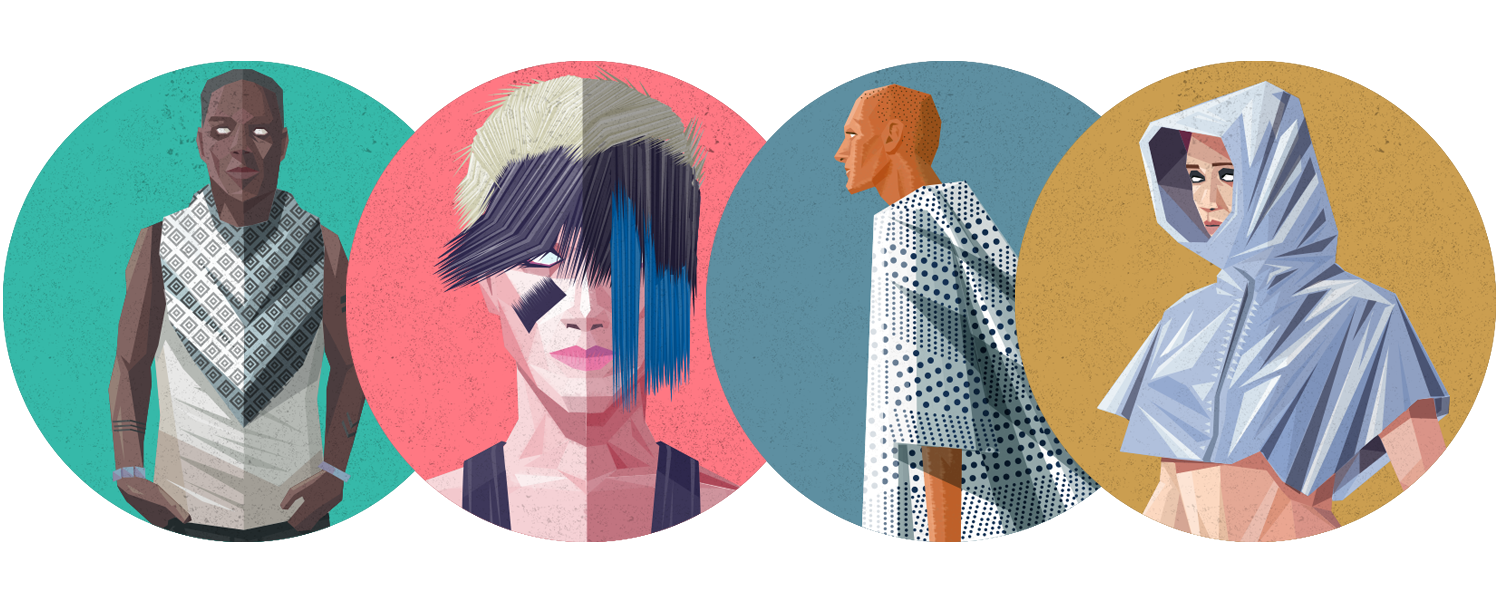
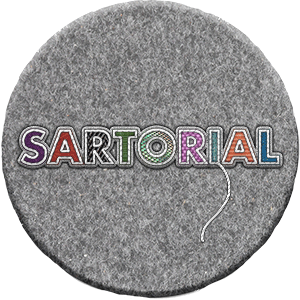
It’s already here. In the age of the public self, where our personal and financial information trails across the internet, it might not seem possible to disappear from view. But offline, at least, fashion designers around the world are making sure you can dress for obscurity.
The concept of achieving aspects of invisibility through high fashion isn’t a futuristic one. It’s actually already possible, even though it’s somewhat counterintuitive. Expensive clothing and accessories are supposed to get you noticed; if you’re a public figure, they can get your picture into the pages of magazines. Now, they can also blot you out.
Unless you’re a celebrity or a fugitive, you might not think much about how you’re monitored in your day-to-day life–and the following might seem so unnecessary that it borders on the absurd. But in a constantly expanding field of affective technology that includes facial recognition, high-definition surveillance, and AI that can interpret human emotion, step out of your house and you’re on display.
Before you do, here’s a no-holds-barred guide to dressing from head to toe for ultimate privacy.

1. Chop your hair into Cubist-inspired shapes / smear on diagonal makeup streaks
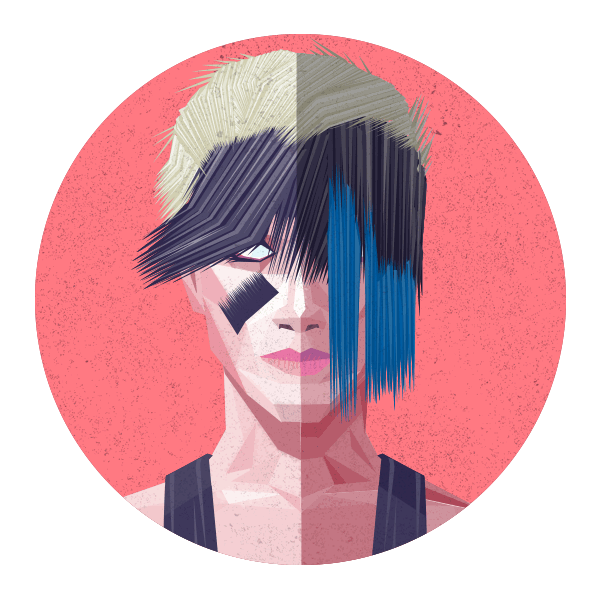
When it comes to protecting physical privacy, obscuring the face is key. Emotive technology is on the rise; Apple recently acquired the company Emotient, which uses artificial intelligence to detect facial expressions and assess emotions. Not only can the software recognize faces, it can also be used in large crowds to determine who is looking at advertising, how they’re reacting to it, and the age, gender, and race of onlookers. MIT’s Media Lab, which is at the forefront of affective technology, is also developing technology that can detect depression via facial recognition.
Artist and researcher Adam Harvey is committed to exploring a system for rendering the face absolutely unrecognizable to surveillance systems. His project, CV Dazzle, uses avant-garde hairstyling and makeup “to break apart the continuity of a face.”
Named after a WWI tactic called dazzle camouflage, which involved painting naval ships with complex patterns of intersecting, geometric shapes in contrasting colors to make it difficult for an enemy to estimate their speed, distance, and direction, Harvey’s artistic initiative seems to delight in paradox: While a combination of strategic smears of black makeup and spiky, angular haircuts make you more conspicuous to the naked eye, it can successfully render you invisible to surveillance technology. The idea is that the Cubist-inspired patterns distort the spatial relationships of facial features–symmetry, contours, etc.–and therefore confuse the algorithms used in traditional facial-recognition technology.
The result constitutes what Harvey calls an “anti-face.”
The artist designed his look book of asymmetrical haircuts and makeup swatches by testing his styles against one of the most widely used open-source facial-recognition software, OpenCV. Based on the Viola-Jones algorithm, it’s the real-time face-detection technology used in many current apps, in robotics, and in scientific research. It works by scanning the face and defining it into black and white rectangles, analyzed by their dark and light regions. Dotted lines and unrecognizable rectangles on the face produce false positives, and remain below the threshold for facial recognition.
Others have adopted a similar approach to amending the shape and contours of the face; a privacy visor developed in Japan uses thin, titanium frames that hold a mesh screen over the face. Reflective technology then alters the patterns of shadow and light around the eyes, ensuring that cameras can’t detect the wearer.
If you’re adverse to hacking your hair into the required shapes or smudging your face with striking but impractical paint, Harvey does have a few suggestions for avoiding face detection: Don’t use makeup that contours and enhances facial features; obscure the bridge of your nose; or partially cover your eyes.
2. Wrap a retro-reflective scarf around your neck
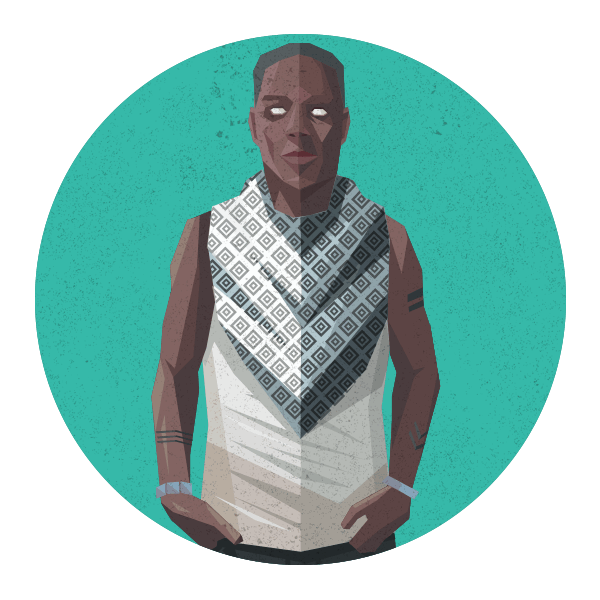
“Fashion is going to be a huge part of the future of privacy,” designer Saif Siddiqui told me. “Wearable technology that’s designed with fashion in mind and allows you to protect your image without you even thinking about it”–that’s where we’re headed, he said.
Siddiqui’s ISHU scarf, released to great fanfare and media coverage in early 2016, is designed to obscure its wearer from view when subject to flash photography. Marketed as an “anti-paparazzi scarf,” its owners include Cameron Diaz, Paris Hilton, and the Jonas Brothers.
The idea for the scarf came to Siddiqui when he took a picture of his friends in front of a bike in Amsterdam. “I noticed that the bike’s reflector affected the flash of the camera in a way that obscured the faces of my friends in the picture,” he said. The resulting ISHU scarf, a word mashup of “issue” and “shush,” uses anti-flash technology that relies on “crystal spheres” sewn into the scarf. According to Siddiqui, it’s this nanotechnology, combined with the garment’s pattern and reflectivity, that allows it to absorb the flash of the camera and effectively blackout its wearer’s face in photographs.
Though his description is purposely vague, anti-flash technology is pretty straightforward. By “tricking” a camera into detecting high levels of light, flash output is decreased to expose correctly for the reflective material, thereby darkening out the intended subject. The basic technique isn’t new and will work with any textile, plastic, or metal that reflects light back to its source.
Siddiqui’s red or black patterned custom scarves do go for a sizable fee, selling for anywhere between $381 and $468. If you’re interested in photographic privacy on a shoestring budget, here’s some reflective thread to make your own.
3. Throw on an “anti-drone” burqa
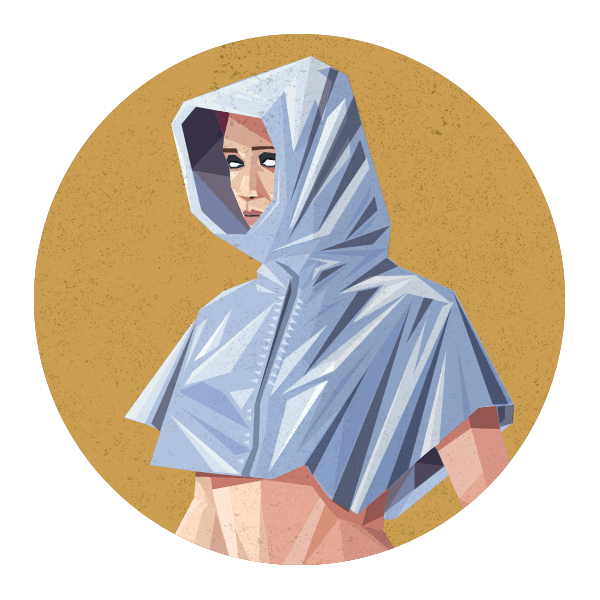
There are other light-reflective basics available, too; patterned T-shirts, patchwork sweaters, jogger pants, and even an iPhone case are all part of Siddiqui’s designer collection. “Products like ours will continue to bring privacy control back to the wearer,” he said. “They can choose when they want to be seen.”
Harvey, meanwhile, has a different approach to clothing yourself for privacy. He has developed a conceptual clothing collection called Stealth Wear, which he calls “anti-drone” fashion.
The line–largely inspired by traditional Islamic dress–plays with the notion that “garments can provide a separation between man and God,” Harvey has said of the project. “In Stealth Wear, this idea is reimagined in the context of drone warfare as garments that provide a separation between man and Drone.” Made of silver-plated, thermally reflective fabric, the range of hijabs, burqas, hoodies, and T-shirts is designed to diffuse the thermal radiation the body emits. This reduction in their wearer’s “thermal signature” means they are harder to detect from above by a drone’s long-wave, infrared camera.
Unsurprisingly, privacy again has its cost–and it’s high. Silver-plated fabric is expensive. Meanwhile, Harvey’s anti-drone wear is sold out. There are, however, ways to make your own Stealth Wear-inspired gear. He suggests balancing cost and wearability with fabric that is light (the thinner, the better) and plated with some kind of metal. An aluminized Mylar blanket, or space blanket, will work as well–as it’s thermally reflective but clearly not very stylish.
4. Wear a jammer coat

If you’re less worried about being seen and more concerned about being tracked, there’s the CHBL Jammer Coat. The jacket blocks radio and Wi-Fi signals and ensures that your credit card data can’t be captured and your whereabouts can’t be determined from your devices. Designed by Austrian architecture firm Coop Himmelb(l)au for a 2014 exhibition in Milan, the coat is made of metallized fabrics and full of internal pockets for your mobile phone, tablet, iPod, and so on.
Ridiculously long and billowy, the jacket is part statement art, part winter-ware worthy of the Arctic. In spite of its bulk, CHBL chief designer Wolf D. Prix still says there is a “liberation in disappearance.”
Too hot where you live, but you’re still interested in going off-grid? You could do worse than picking up a Faraday bag. As the name suggests, these pouches are inspired by Faraday cages, enclosures invented in 1936 to block electromagnetic waves (a concept, incidentally, that inspired Edward Snowden to put his phone inside a fridge). If you place a device inside a Faraday cage–or, in this case, inside a bag–it can’t be hacked, intercepted, wiped, or tracked. You won’t be able to receive phone calls, of course, or connect to cellular networks, Wi-Fi, or Bluetooth, so carrying a Faraday bag does require a willingness to disappear from communication, no matter how temporarily.
The bags, which are designed by Disklabs and Teel Technologies, among others, come in a number of forms and styles: Leather wallets lined with radio-frequency shielding protect your credit cards and ID from criminal skimming, phone cases ($30) guard your device from RFID and GPS, and actual bags ($120) made of polyurethane with multi-layered, conductive mesh lining can hold your computer.
The bags are unisex–and unlike projects like CV Dazzle, they’re also fairly inconspicuous. Black and thin, use one as a bag within a bag if you want.

No matter where you fall on the spectrum of privacy, current fashion offers something for everyone. Even if you’re not sure how to mess with Facebook’s algorithm or use a Tor browser online, now you can champion your personal privacy with a new haircut or a light-reflective T-shirt. This, too, is part of the revolution in erasing your digital and physical footprint in the world.


How We Get To Next was a magazine that explored the future of science, technology, and culture from 2014 to 2019. This article is part of our Sartorial section, which looks at the impact of science and technology on how we present ourselves to each other. Click the logo to read more.
